TNOC Festival pushed boundaries to radically imagine our cities for the future. A virtual festival that covered 5 days with programming across all regional time zones and provided in multiple languages: 22-26 February 2021, 2200 participants from 72 countries. Outputs and new emerging projects will appear in this space soon.
Karen Tsugawa, .
Other Essays on: 26 Visions for Urban Equity, Inclusion and Opportunity
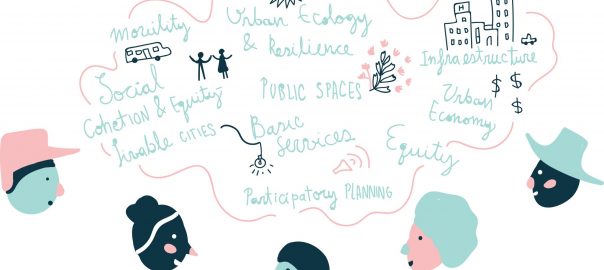 Turning to the Flip Side
Turning to the Flip Side
Maruxa Cardama, Brussels
On the flipside you can do anything (…) the flipside bring a second wind to change your world. Encrypted recipes to reconfigure easily the mess we made on world, side B —Song ‘Flipside’, written by Nitin Sawhney and S. Duncan My brainstorming for this essay started thinking about the comprehensive list...
0 Comment(s)Join our Conversation
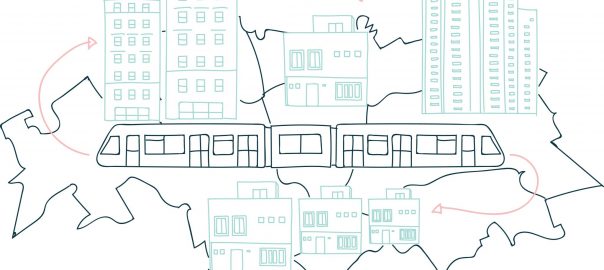 A Democratic Infrastructure for Johannesburg
A Democratic Infrastructure for Johannesburg
Ben Bradlow, Boston
There are two main legacies that define urban inequality in South Africa: housing and transport. Apartheid was not only a racial ideology. It was also a spatial planning ideology. Johannesburg’s development into a wealthy, white core of business and residential activity, with peripheral black dormitory townships, was a result of...
0 Comment(s)Join our Conversation
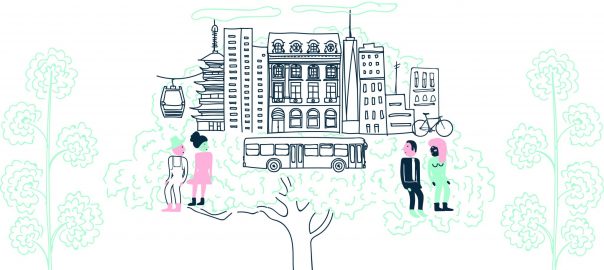 Cities in Imagination
Cities in Imagination
David Maddox, New York
Resilience is the word of the decade, as sustainability was in previous decades. No doubt, our view of the kind and quality of cities we as societies want to build will continue to evolve and inspire new descriptive goals. Surely we have not lost our desire for sustainable cities, with...
3 Comment(s)Join our Conversation
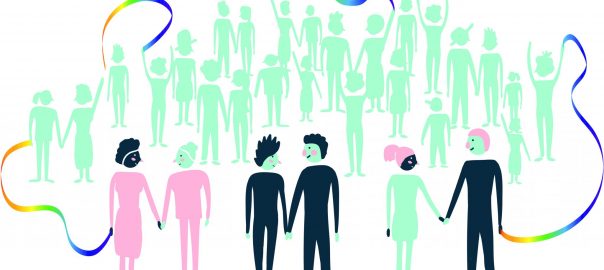 Cape Town Pride. Cape Town Shame
Cape Town Pride. Cape Town Shame
Carla Sutherland, Cape Town
I have lived in an array of fascinating cities, and visited a host of others. I have loved many (New York, Hong Kong, Harare and Berlin); been miserable in a few (London and Pretoria); oddly disappointed by some (San Francisco, Dublin and Sydney) overwhelmed by others (Shanghai and Cairo); and...
1 Comment(s)Join our Conversation
OTHER ESSAYS ON SIMILAR THEMES...
SCIENCE &
TOOLS
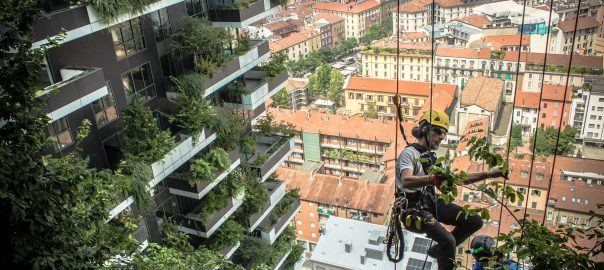 20 March 2021
Vegetation is the Future of Architecture
20 March 2021
Vegetation is the Future of Architecture
Most of the inhabitable regions of the Earth were originally covered by forests, grasslands, and wetlands. These carbon-grabbing, biodiverse, spongy landscapes have been largely replaced by agriculture and urban development, which is drier, belches carbon, is erosive of soils, and...
2 Comment(s)Join our Conversation
PEOPLE &
COMMUNITITES
 15 November 2015
Close Encounters of the Moose Kind
15 November 2015
Close Encounters of the Moose Kind
Now a century old, Anchorage has at various times during its short history proclaimed itself the “Air Crossroads of the World,” a “City of Lights” and a place of “Big Wild Life” (the latter for the community’s “perfect blend of urbanity and wilderness”). But I have long believed—and yes, opined in my writings—that Alaska’s urban center could easily be called...
1 Comment(s)Join our Conversation
PLACE &
DESIGN
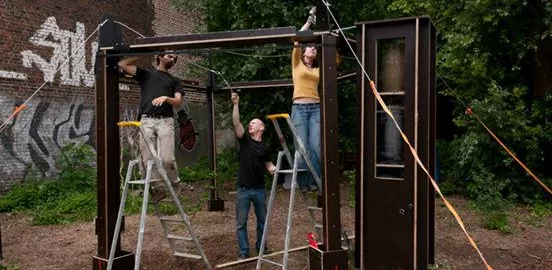 18 March 2015
Neighborhood Planning for Resilient and Livable Cities, Part 2: Can ‘Nested’ Neighborhood Planning Lead to Urban Ecological Democracy?
18 March 2015
Neighborhood Planning for Resilient and Livable Cities, Part 2: Can ‘Nested’ Neighborhood Planning Lead to Urban Ecological Democracy?
Is neighborhood planning worth doing? We argued in our last blog entry (Part 1 of this series) that neighborhood planning has the potential to be transformative in improving community resilience, but that it also has a dark side. It can be divisive...
2 Comment(s)Join our Conversation
ART &
AWARENESS
 7 August 2013
Tuning Out / In
7 August 2013
Tuning Out / In
Ten years ago this month, in 2003, northeastern North America experienced the second most widespread blackout in history. That August evening, toward the end of my three-hour commute home on foot, a nearly full moon rose over the soft brownstone canyons...
4 Comment(s)Join our Conversation

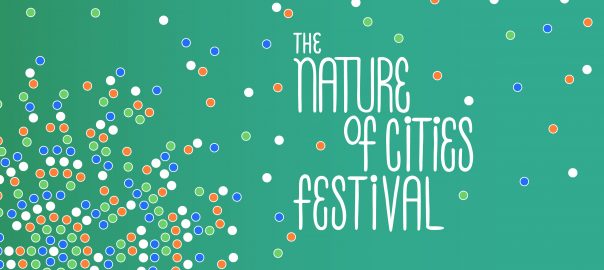
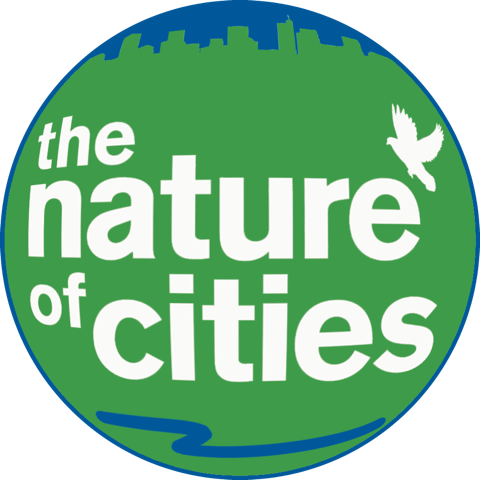
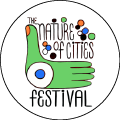
Add a Comment
Join our conversation